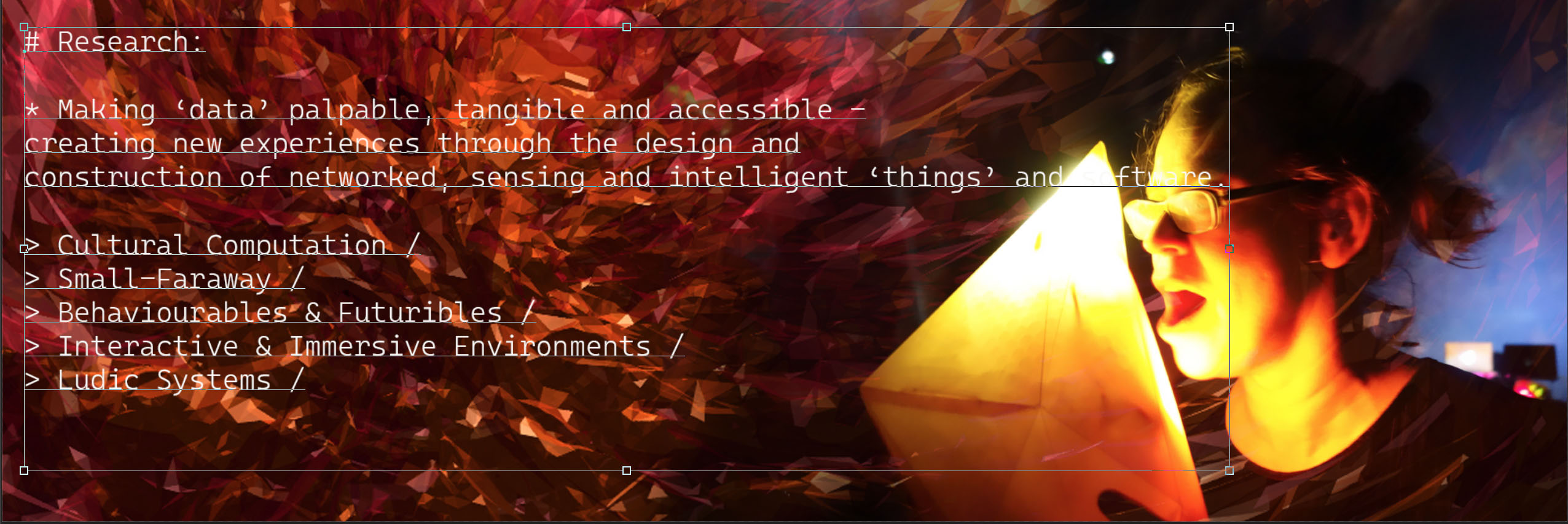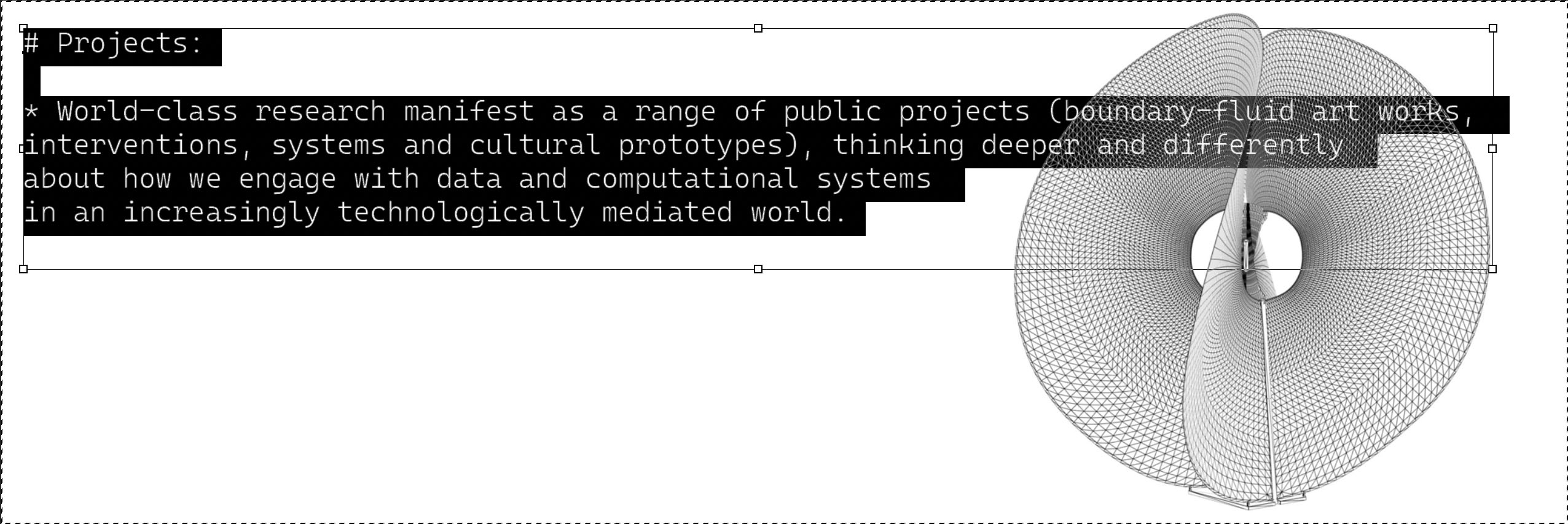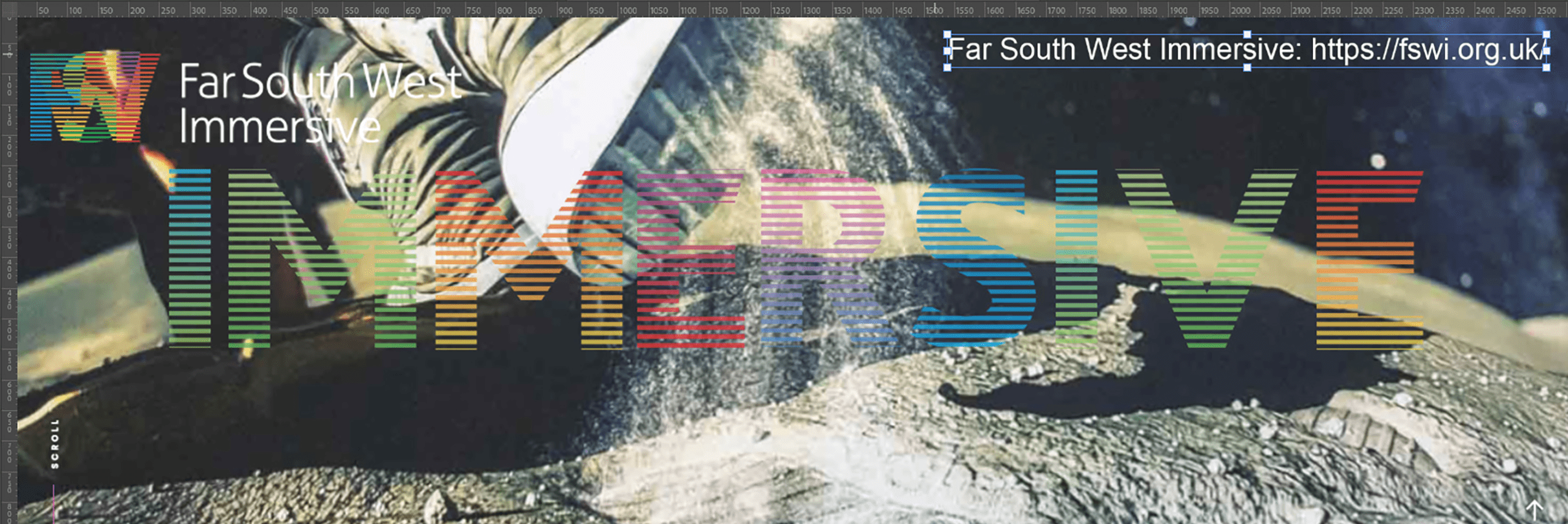i-DAT team members Mike Phillips, Birgitte Aga, Gianni Corino and Stavros Didakis travelled to Istanbul to explore the theme of the cloud and molecular aesthetics.
They attended the third International Conference on Transdisciplinary Imaging – of which i-DAT is an International Conferencing Partner – where they led the panel entitled ‘More Things in Heaven & Earth’.
“As the prefix trans indicates, transdisciplinarity concerns that which is at once between the disciplines, across the different disciplines, and beyond all discipline. Its goal is the understanding of the present world, of which one of the imperatives is the unity of knowledge” (Nicolescu, 1996).
The conference is at the intersections of art, science and culture, bringing together artists, theorists, scholars, scientists, historians and curators in areas related to media arts, painting, drawing, curating, installation, film, video, photography, computer visualisation, real-time imaging, intelligent systems and image science.
i-DAT’s panel focused on the manifestation of dynamic data processes generated by sensors and algorithms that trigger, capture and measure interactions, feelings and events in an evolving dialogue that comes from a real-time negotiation with participants.
The following papers were presented:
Paper #1: Imaging The Event. Chris Speed, Design Informatics, University of Edinburgh
Reflecting on the capture, storage and recovery of events that are recorded through disparate sensors located in smart homes.
Paper #2: The Internet of Props: a Performative Framework for the Internet of Things. Gianni Corino, i-DAT
Proposing design methodologies or approaches to help with the rapid growth of the Internet of Things.
Paper #3: Capture the Rapture. B Aga, i-DAT, Plymouth University
Exploring initiatives to capture and represent audience mood, evaluation and impact through a series of technological interventions based around i-DAT’s Social Operating System (S-OS.org).
Paper #4: Spatializing Invisible Matter, Stavros Didakis, i-DAT, Plymouth University.
Presenting and discussing current practices of computational media used for identifying, capturing, and transforming properties of an interior space, providing customized aesthetic environments.
Paper #5: The sonification and visualisation of small brain circuits: Plasticity and The Neurogranular Sampler. Jane Grant and John Matthias, Art and Sound Research, Plymouth
Introducing the collaborative artistic work from the Art and Sound Research group at Plymouth University with Kin Design which has been exploring ways of triggering live sound events from the brain.
Paper #6: For Dust Thou Art. Mike Phillips, i-DAT, Plymouth University.
Exploring the use of Atomic Force Microscopy for uncovering lost tales and histories through subtle audience interaction.





